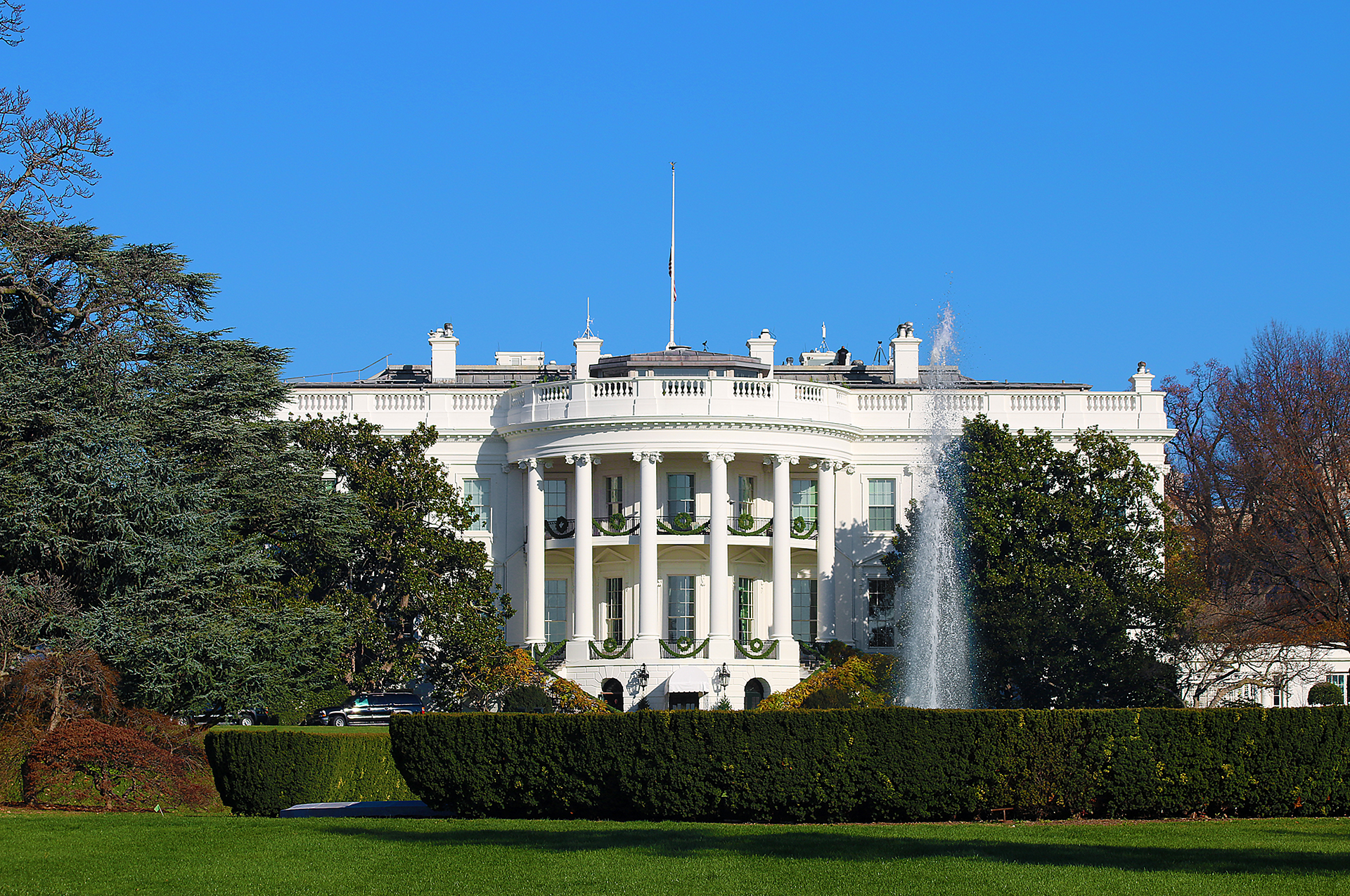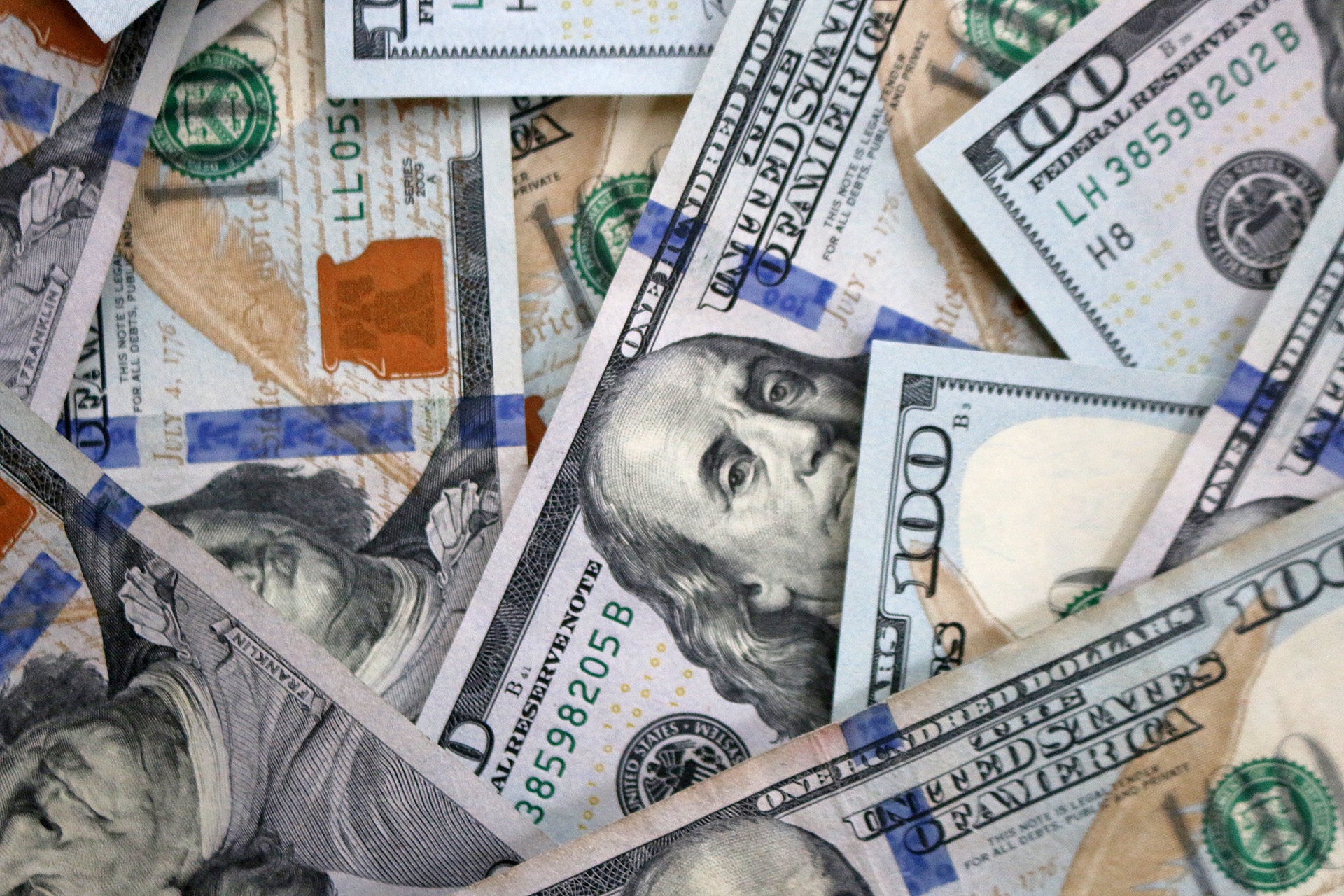An idea was conceived to return up to $5,000.00 to each taxpayer in the United States as a result of finding areas of the federal government of the United States which unnecessarily wastes money — but I believe that I have an idea for the alternative to the “DOGE Dividend”.
An Alternative to The “DOGE Dividend”.

DOGE is an acronym for The Department of Government Efficiency, which was established and implemented via an official executive order by the current president of the United States on Monday, January 20, 2025 in order find and reduce — and even eliminate — the waste of taxpayer funds.
At the time this article was written, the national debt of the United States — which is the total amount of outstanding borrowing by the federal government accumulated over the history of the United States — was $36,222,211,606,919.00.
You read that correctly. That is greater than 36 trillion dollars — an amount few people can even imagine. In only 21 years — since 2004 — the national debt nearly tripled. Divide $36,222,211,606,919.00 by 341,392,451 — which is the population of the United States, according to the Census Bureau of the United States — and that comes out to greater than $106,101.38 of debt per person.
Whether the debt is attached to a person, a business, a country, or some other entity, I cannot imagine someone disagreeing with the sentiment that the national debt — by any measure — is out of control and must be fixed.
In its most basic form, debt incurs interest, which is an incentive for a lender to temporarily give money to an entity which needs it. When the loan is paid back in full, interest is included with the payment. The borrower enjoyed use of the money of someone else; and the lender profited with more money than what was given. Everyone wins when this basic scenario occurs…
…but when debt balloons to a level that becomes out of the control of the borrower, the result is a serious financial issue that could mean default or bankruptcy, from which years of time and effort are needed to rectify and repair the finances of the borrower back to normal.
I do not want to see this happen to the United States — and apparently, neither does James Fishback, who is the chief executive officer of an investment firm called Azoria and is credited with conceiving the idea of the “DOGE Dividend”.
https://twitter.com/j_fishback/status/1891933120313663493
As much as I would like to have up to an extra $5,000.00 in my wallet, I do not agree with his idea of a tax refund check to be sent to every taxpayer, funded exclusively with a portion of the total savings delivered by the Department of Government Efficiency; so here is my suggested alternative.
Wipe Out As Much Debt As Possible.
Instead of using the recovery of funds — as a result of ending financial waste in the federal government — to give taxpayers a one-time refund, use those savings to pay off existing debt and reduce interest. What this will do is eventually lead to less money needed to operate the federal government — and it could ultimately mean the significant permanent reduction of income taxes…
…and perhaps also lead to the lowering — or even elimination — of property taxes. Paying taxes every year on something one already owns is ludicrous, in my opinion.
If you are reading this article, you are likely a person who travels frequently. Are you not tired of being taxed on just about everything because governments need money to spend on useless waste, in many cases? Are you not sick of being treated like a “cash cow”?!?
I will apply personal experience to my suggestion. I saved up enough money to purchase a house with a down payment of almost 30 percent. I also was indebted with two other loans shortly after that. The mortgage and the two loans were all paid off within 5.5 years. What I did was:
- Put as much extra money towards the easiest loan to be repaid as possible
- Once that first loan was paid in full, I pretended that I still had it and used the monthly payment for the first loan — plus any extra money I could scrape together — to pay off the second loan
- When the second loan was paid in full, the money for the first two loans — plus any extra money I could scrape together — was used to pay off the mortgage
- Once all the debts were fulfilled, I traveled for three weeks to Australia and New Zealand
By paying off all of that debt within 5.5 years, I managed to save greater than $150,000.00 in interest payments. I did experience some sacrifices — but they were well worth both the savings I incurred and three fewer concerns regarding to paying off debt about which I needed to think every month.
Imagine how much money the federal government of the United States would save if it followed a similar financial trajectory; but with one exception: do not pay off a debt whose interest payment is less that what can be gained from somewhere else. As a simple example, if you were fortunate enough to secure a mortgage for a house with an interest rate of 2.5 percent but could earn four percent interest from a money market account, you are likely better off keeping the mortgage payment and earning the extra money from that money market account.
This personal finance mantra in its most basic form, by the way, could easily be applied to credit card debt as well. In fact, the interest that is applied to credit card debt can be rather usurious, with interest payments at slightly greater than 20 percent on average — and if the interest cannot be paid that month, it accrues interest for the next month and costs you even more money.
Credit card debt exceeded $1 trillion in the United States for the first time in 2023.
Final Boarding Call
If the national debt can be repaid with the money that is “found” by the Department of Government Efficiency, that could potentially go a long way towards securing financial stability for the United States.
Another reason for not giving every person in the United States up to $5,000.00 is that doing so could once again increase inflation. As a recent example, look at what happened when everyone received stimulus checks from the federal government during the 2019 Novel Coronavirus pandemic. The stimulus worked all too well — to the point where the inflation rate rose up to 9.1 percent in 2022, which was the highest in greater than 40 years.
This article avoids delving into the politics of the actions of the Department of Government Efficiency. I do not necessarily agree with some of the ways that the financial waste is being found; but something needed to be done for decades. What some people do with the money of other people is nothing short of astounding. I am only hoping that the results of the Department of Government Efficiency will be positive by saving all of us a substantial amount of money while simultaneously helping to strengthen the United States for the future.
In its simplest form, paying off as much debt as possible — with the one exception that was cited earlier in this article — is the way to go for the long term for the financial good of the United States, in my opinion.
All photographs ©2015 and ©2016 by Brian Cohen.

